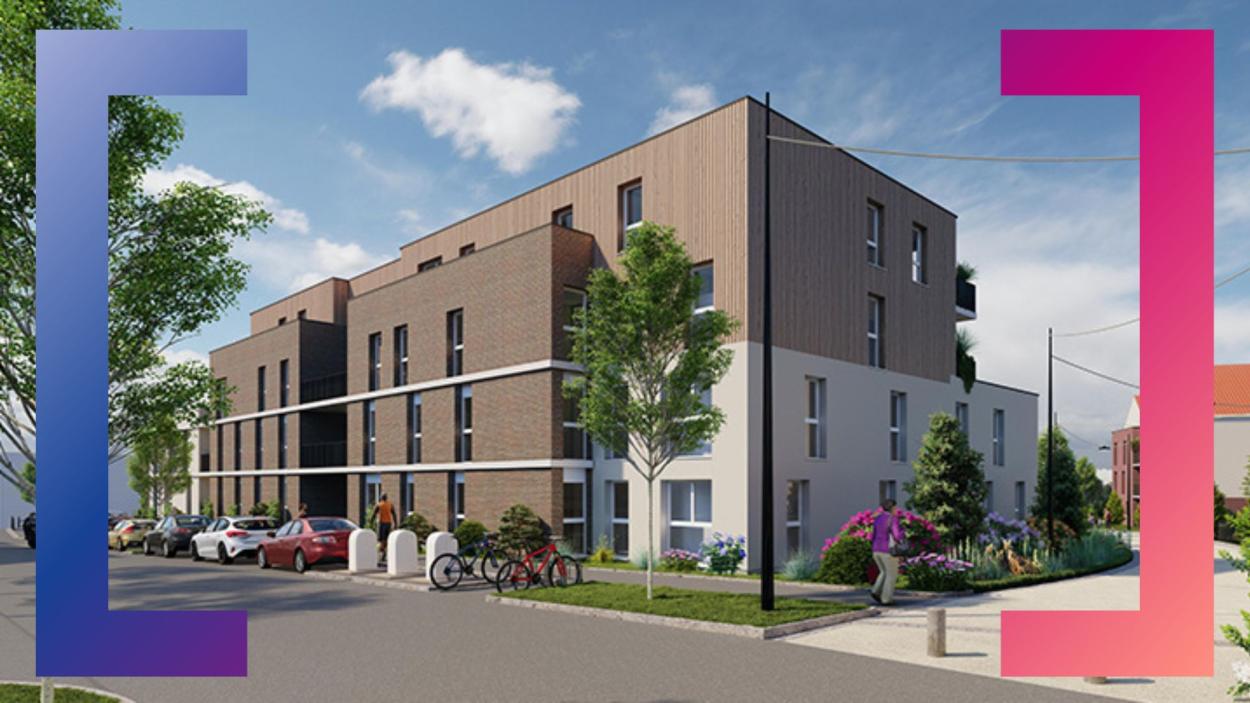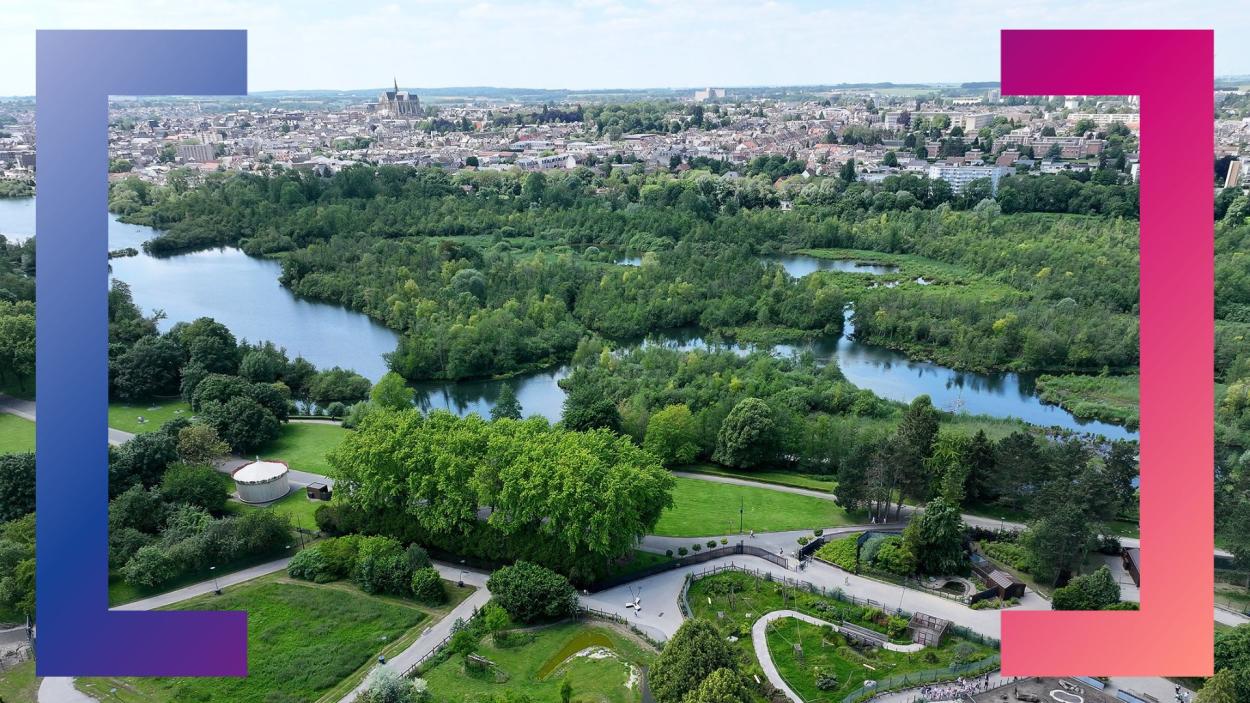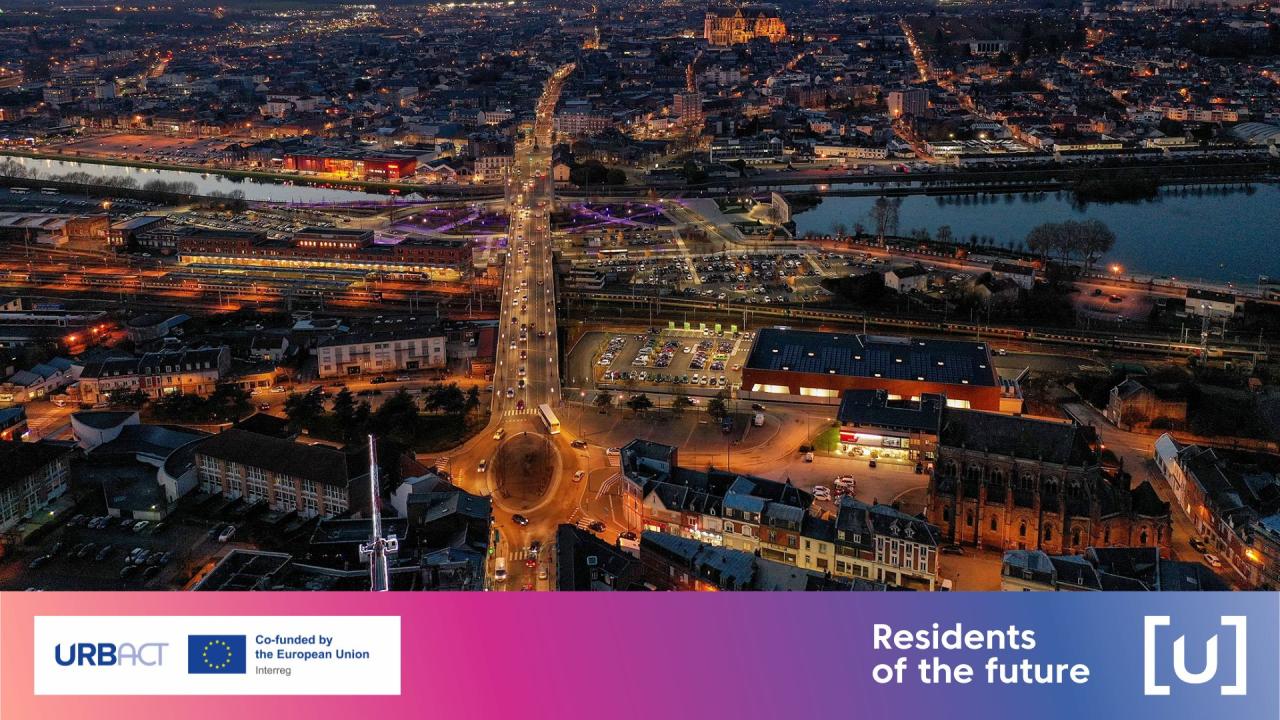Depopulation and urban shrinkage represent significant challenges for small cities across Europe, as declining populations weaken economic vitality and community life. Saint-Quentin, a mid-sized city in northern France, is no exception. Acknowledging these issues, Saint-Quentin has joined the URBACT "Residents of the Future" network, a European initiative aimed at understanding and combating the demographic decline of small cities. This collaboration reflects the city's commitment to finding innovative solutions to retain its residents and attract newcomers.

Best Practices in Housing Policies
Saint-Quentin has implemented forward-thinking housing policies to revitalize its city center and enhance its appeal to residents. These efforts, supported by the "Action Coeur de Ville" program, focus on increasing housing availability, improving quality, and fostering inclusivity. Here are some notable examples of good practices:
1. Revitalizing the City Center
To address the high housing vacancy rate (22% in 2018) and substandard living conditions, Saint-Quentin prioritized the creation of new housing units. With a total investment of €23 million from Action Logement, the City of Saint-Quentin, and the Agglomeration, over 472 new housing units were constructed in the city center. These new accommodations are designed to cater to salaried workers and young professionals, offering affordable and regulated rents. The availability of one- to four-room apartments ensures options for individuals, couples, and families.
2. Embracing Intergenerational Living
Projects such as Residence Mariane in the Maréchal Juin eco-district highlight the city's commitment to sustainability and inclusivity. This intergenerational residence includes 44 apartments ranging from T2 to T4 layouts, designed to encourage community living and foster connections among residents of different age groups. The eco-district also features a student residence, an extension of the University of Picardie Jules Verne, and facilities to support local businesses. This integrated approach promotes both environmental and social sustainability.
3. Enhancing Quality and Accessibility
The Residence Raspail project exemplifies how architecture and urban design can transform neglected sites into vibrant community hubs. Located in the heart of the city, this development consists of 28 rental units divided into two areas: 12 for seniors and 16 for students and young professionals. Separate entrances ensure privacy while a shared garden fosters social interactions. The design blends modern elements with local architectural traditions, creating an inviting and functional living space near shops and services.

Optimism for the Future
Through strategic investments and a focus on inclusivity, Saint-Quentin’s housing policies demonstrate the potential to counteract urban shrinkage and enhance residents’ quality of life. These initiatives not only address immediate challenges but also lay the foundation for long-term growth and vitality. By continuing to innovate and collaborate, Saint-Quentin sets an inspiring example for other cities facing similar demographic and social pressures. The city’s efforts show that with vision and dedication, small cities can create thriving, sustainable communities for current and future generations.


